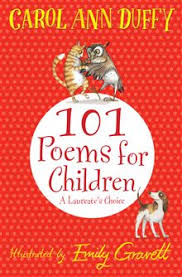
Invisible Girl
Kate Maryon
London, HarperCollins, 2013, 255p
Kate Maryon is a brilliant realist writer, engaging with challenging subjects in an informed and sympathetic manner. Her latest novel, Invisible Girl, is about children who run away from home.
Gabriella has a horrible new stepmother who has taken over the house. Her dad is letting Amy walk all over him, and only Gabriella can see things will not end well: she is worried they will spiral into debt like they have in the past. Then one day, she finds Amy packing a bag for her, telling her that her father and stepmother are going away and Gabriella has to go and stay with her mother in Manchester. In one moment, she's lost her home, her friends and her family, and is bound towards a mother who still haunts her nightmares.
Unsure of where to go, Gabriella ends up on the streets of Manchester. She befriends some children who live on the streets, hiding with them from the police, all of them too scared to go home. There are many reasons why these children are on the streets, though most of them keep pretty quiet about it.
Gabriella ends up in trouble due to her new associations, who have to resort to disruptive behaviour and petty theft for entertainment. Reading from Gabriella's point of view, you sympathise with the children, lost and alone, constantly scared and in danger. Gabriella is a big-hearted, kind young girl, and, at only twelve years old, it is distressing to read about her plight.
Maryon's novel is supported by the Big Issue Foundation and Railway Children, charities for homeless children who have slipped through the gaps. You are forced to think differently when reading Invisible Girl, as it challenges many of the assumptions people have about the homeless. It is an upsetting read, and yet I would undoubtedly recommend it to any young reader.







